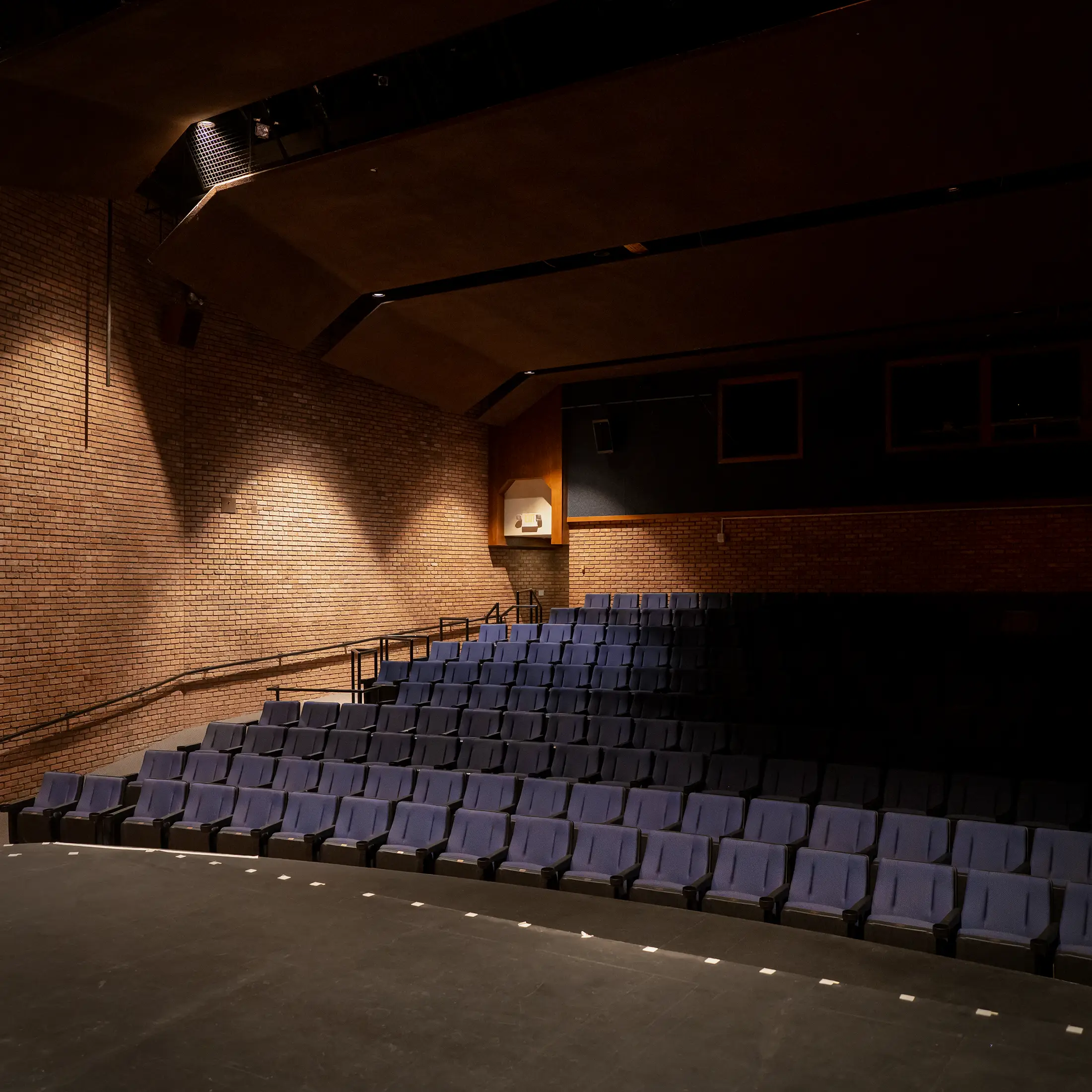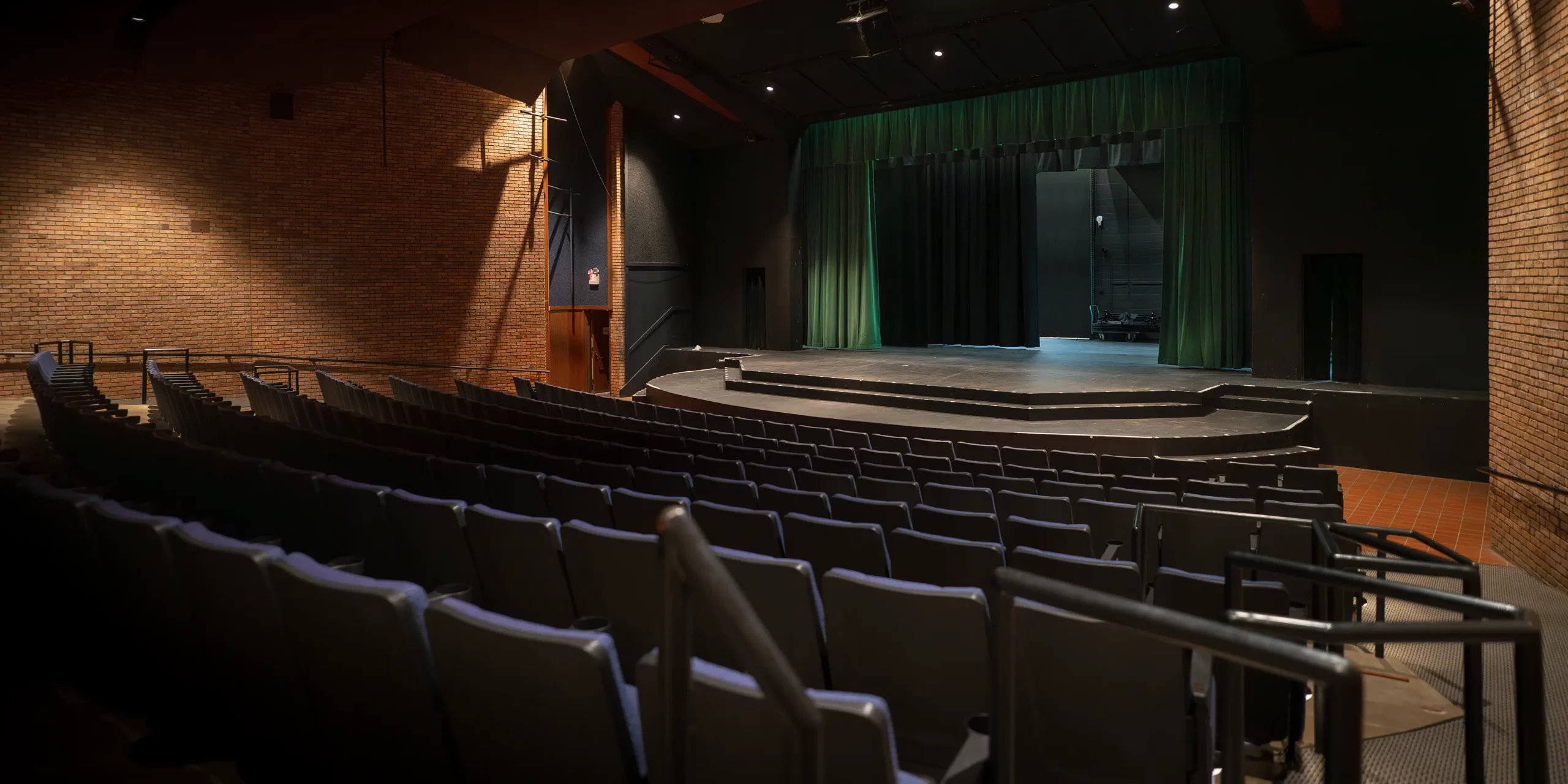Theatre Rigging
Apr 29
Depot Theatre Temporarily Closed for Rigging Updates
It’s a well-known fact amongst the superstitious minds that work in theatres that you should never whistle in a theatre. I had heard this before, either in prior high school productions or perhaps even in our beloved Depot Theatre, but, similar to so much theatrical lore, I always doubted the practical applications of this ritual. You see, theatres have more archaic rules than Major League Baseball. Why can’t we wish each other good luck (and instead bless actors to “break a leg’)? Why can’t we utter the name Macbeth? Why do we need a terrible dress rehearsal in order to have a great opening night? I never really gave these spooky guidelines too much thought.
Recently, though, I was educated by a colleague on a long-held and never-questioned embargo on whistling backstage. The Depot Theatre is undergoing a major transformation: we are replacing all the original rigging with state-of-the-art, mechanized systems. What’s rigging, you ask? It’s all the stuff hanging above the stage that holds curtains, lights, screens, set pieces, sound shells, and – occasionally – flying actors. It’s basically the cayenne in the gumbo – that is just to say – if a show is a carefully crafted, intricate blend of performance, costume, sound, and script, the rigging highlights and binds these ingredients into a beautiful, harmonious bowl of stew.
The Depot Theatre’s rigging has, up to the current day, been comprised of a rope and sandbag system, a perfectly serviceable approach that is incredibly challenging to operate, especially for the untrained. Our goal with the theatre is to be as versatile and approachable as possible, so we knew, even with a large list of theatrical upgrade needs, that the rigging was number one. And thanks to a generous grant from The Depot Foundation, we set about a replacement in January 2025.
In describing this project to my colleague, he became excited. “You do know why you should never whistle in a theatre, right?” I slowly shook my head. “Well, in the 17th century, when more contemporary theatres were being used for performances, most of the people operating the rigging were the crew off of the local ships, because they knew how to work with rope, bags, and line sets.” That was interesting, but didn’t really explain the censorship of whistling. I said as much. He went on to explain that the way sailors communicated on ships was through whistling, and this carried to the theatres. Each intonation and length of whistle signaled a dropped curtain, or a piece of scenery, or a dramatic reveal. So, if someone like me were to happen to stride across the stage, absent-mindedly whistling the theme to White Lotus (season two), I could end up with a sandbag on my head or a piece of scenery cued a scene early, both disastrous and perhaps mortally fatal.
Nowadays, there are professional riggers who communicate through more traditional techniques, like words and written cues. Our mechanized rigging will function through commands on a touchscreen, with preprogrammed cues and customized commands, but the superstition lives on. So, when you come to the Depot Theatre after we reopen in June, I hope you enjoy the sight of smooth, seamless transitions on our stage, but as impressive as it is, we ask you not to whistle.
Written by Mary Tennis, Depot Executive Director


